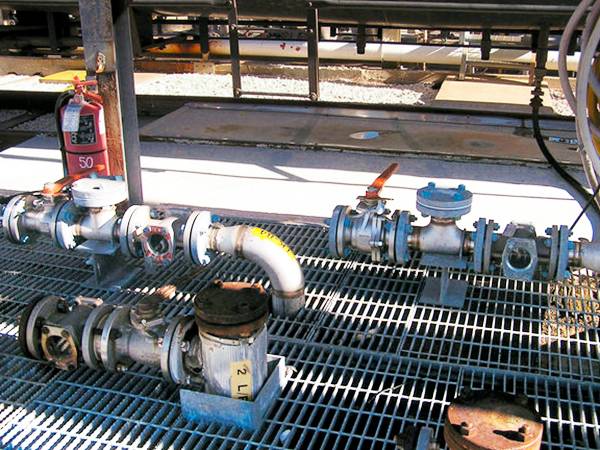
Double window sight glass structure diagram
- Body
- Stud & Nut
- Glass
- Cover
- Gasket
PRODUCTS
Double window sight glass is a simple assembly consisting of two glasses and a cast body. It allows operators to observe and monitor the industrial fluids passing through the pipeline without affecting the normal operation of the system.
It is generally used for spot inspection and view of process parameter as it offers great dynamic visual monitoring of fluidity of fluids.
As a result, it can be used in chemical towers with high temperature, strong corrosion, and easy crystallization to ensure work safety. Featured by small drive torque, and quick, easy operation, it performs good flow regulation function and has great sealing properties.
Double window sigh glasses are generally applicable to pipelines with large & medium diameters and low & medium pressures, for example, it can be used to check water level, chemical, coolant and oil conditions in various industrial sectors.
Double window sight glass
Features
| Nominal Diameter (DN) | 15–200 mm |
|---|---|
| Body Material | Carbon steel, stainless steel, FRP, carbon steel lined with fluorine, FRPP |
| Gauge Glass Material | Soda lime glass, high borosilicate glass, quartz glass, organic glass |
| Operating Pressure | 0.6–2.5 MPa |
| Operating Temperature | 0 °C to +550 °C |
| Gasket Material | NBR, PTFE, graphite composite |
| Way of Connection | Flange |
| Surface Treatment | Anti-corrosion paint treatment for carbon steel; pickling or polishing treatment for blackened stainless steel |
| Notes: Double window sight glasses with large diameter and high pressure are available upon request. | |
Structure
Double window sight glass structure diagram
Working Principle
Double window sight glasses are mounted on pipelines horizontally or vertically through flanges. When the industrial fluid flows through the gauge, the color, turbidity, and other characteristics of the fluid can be observed.
Application
Double window sight glasses are widely used in food, chemical, petroleum, pharmaceutical industries, etc.
For sauce production pipelines in sauce factories.
For chemical production in chemical plants.

Something you want to ask?


